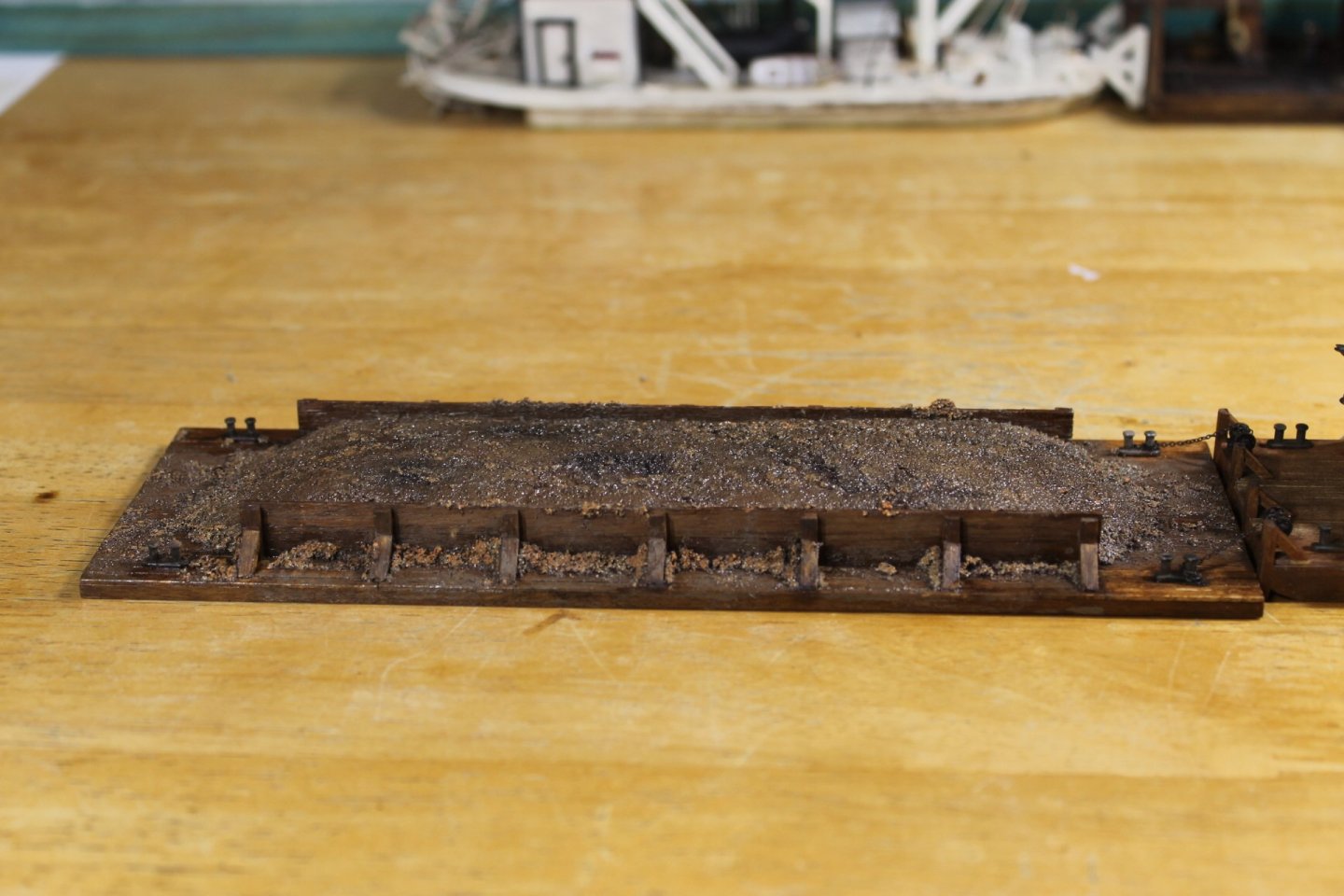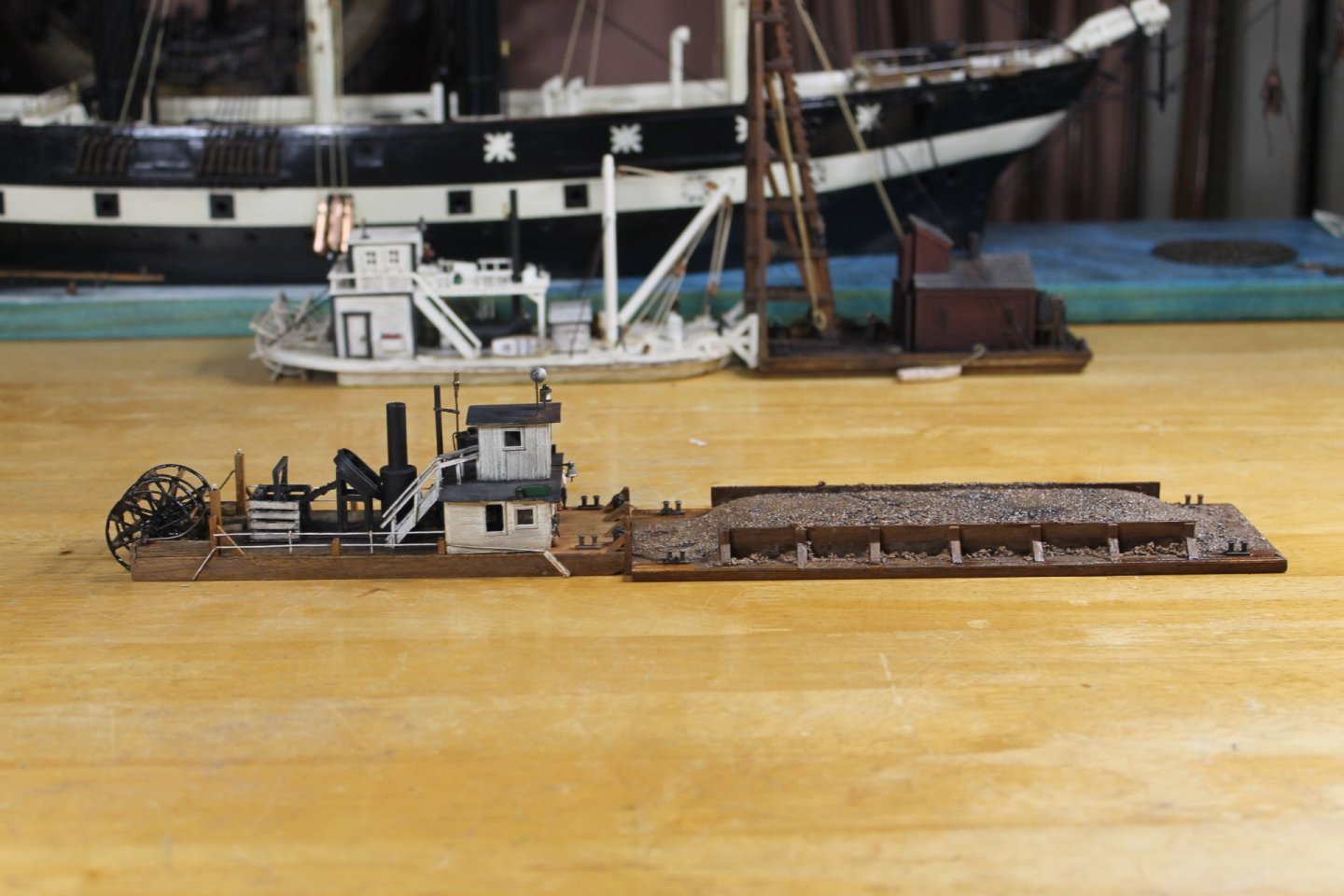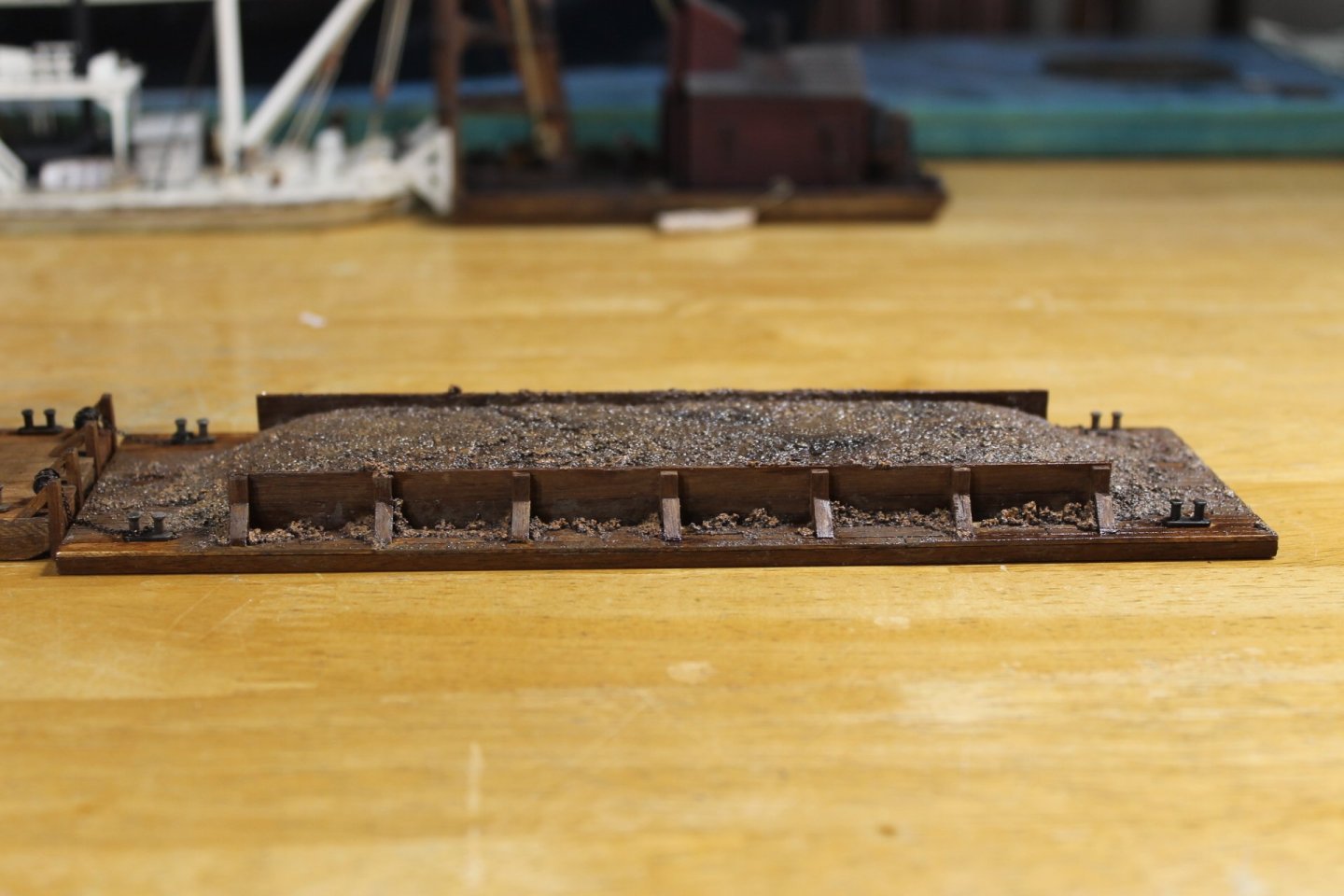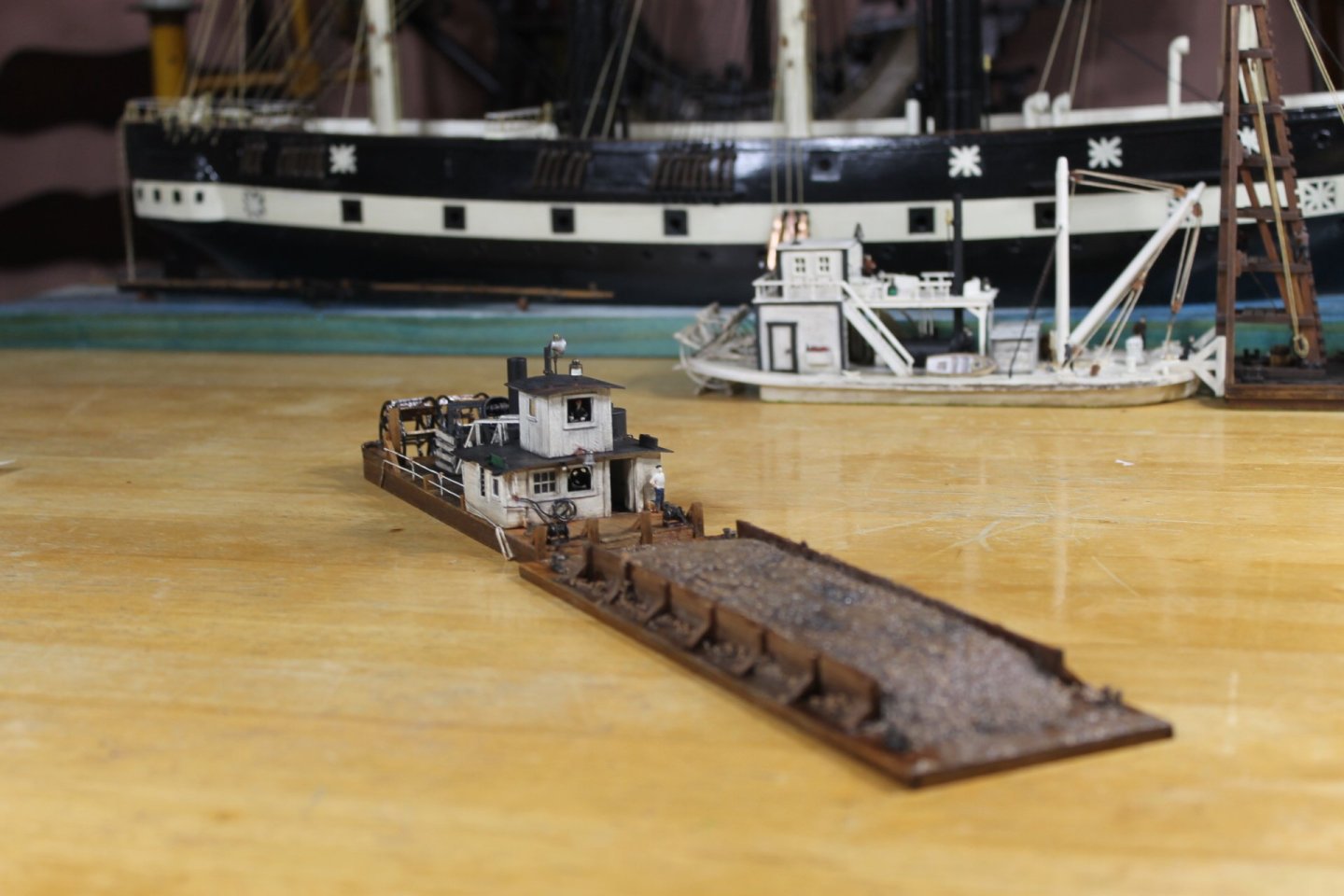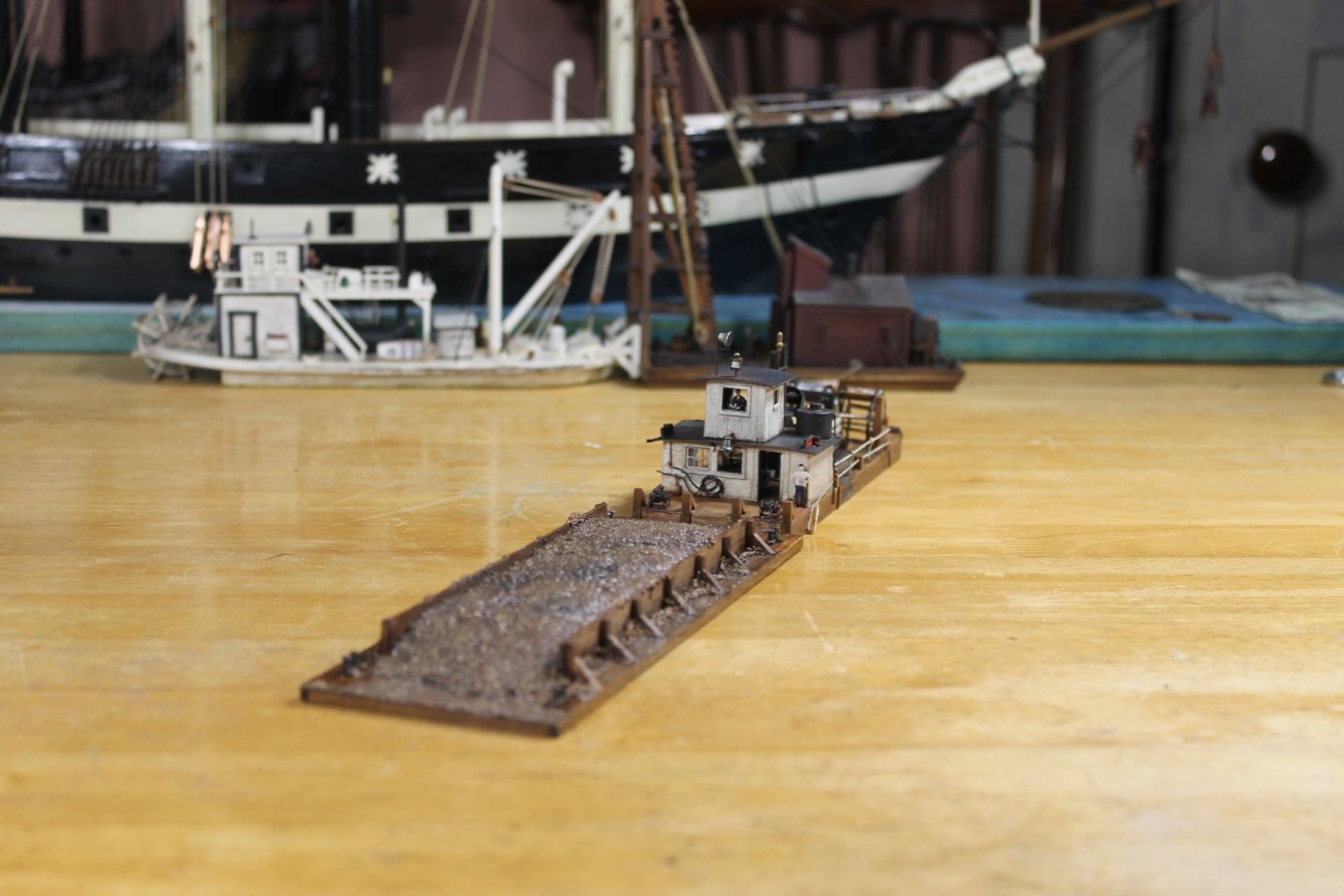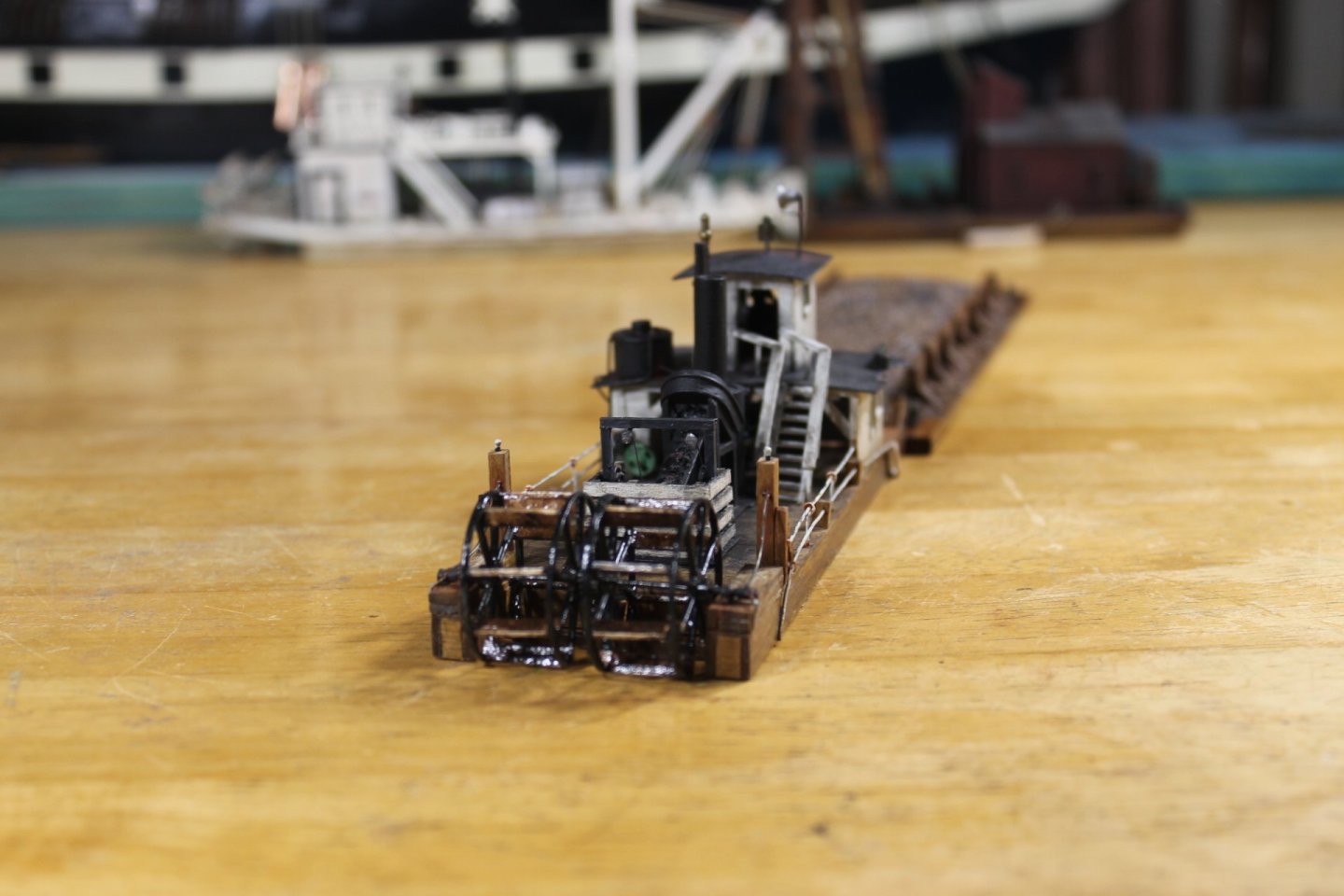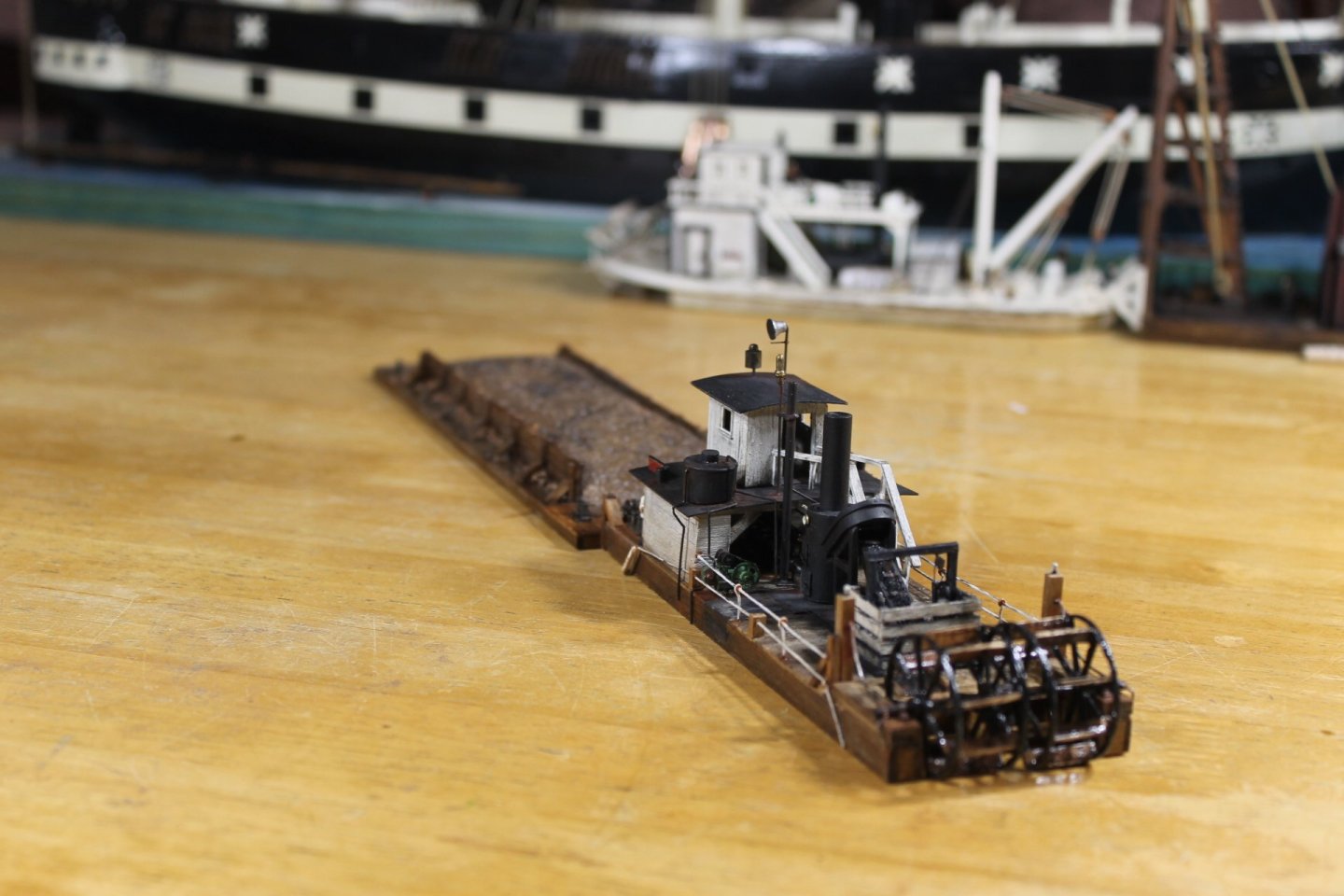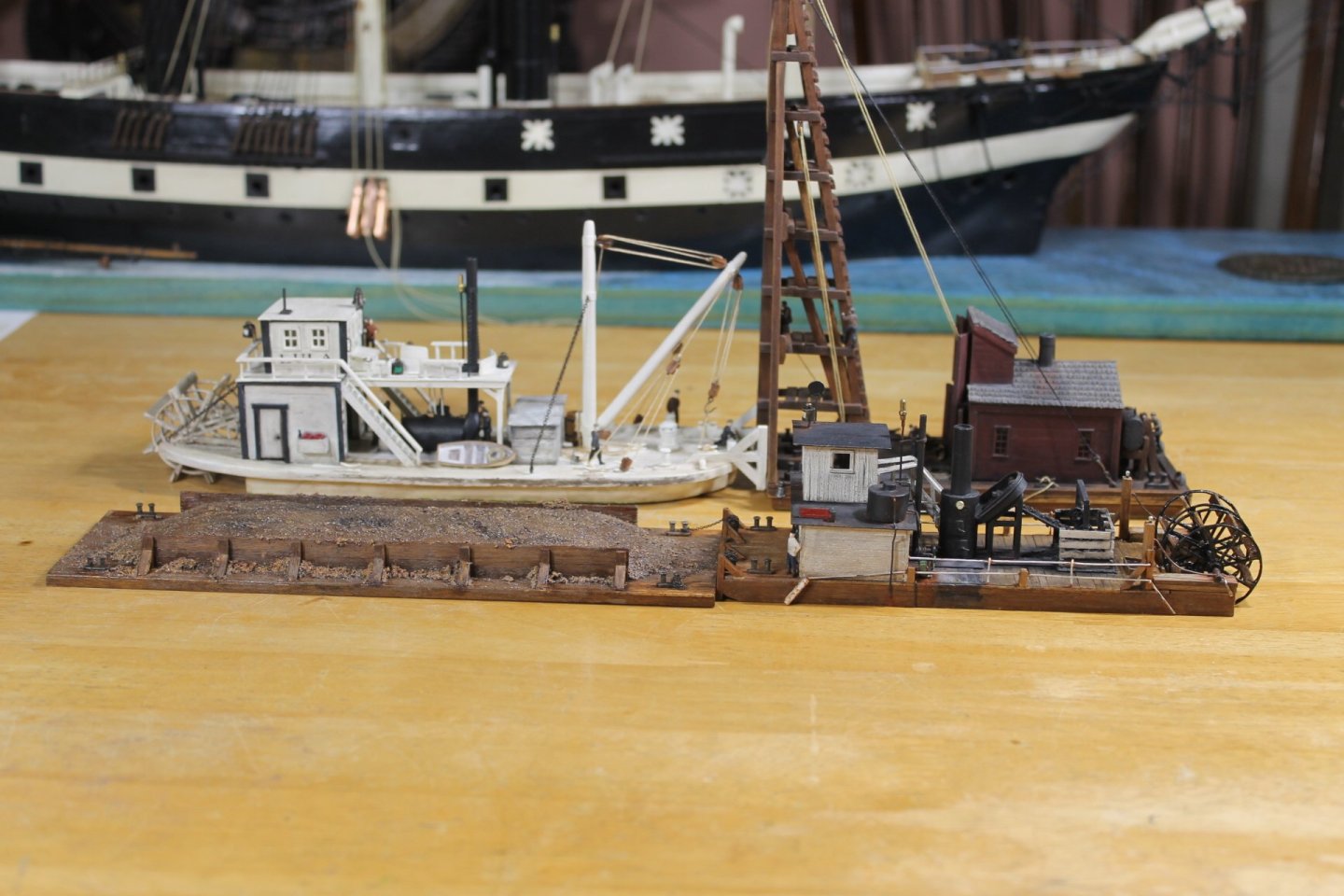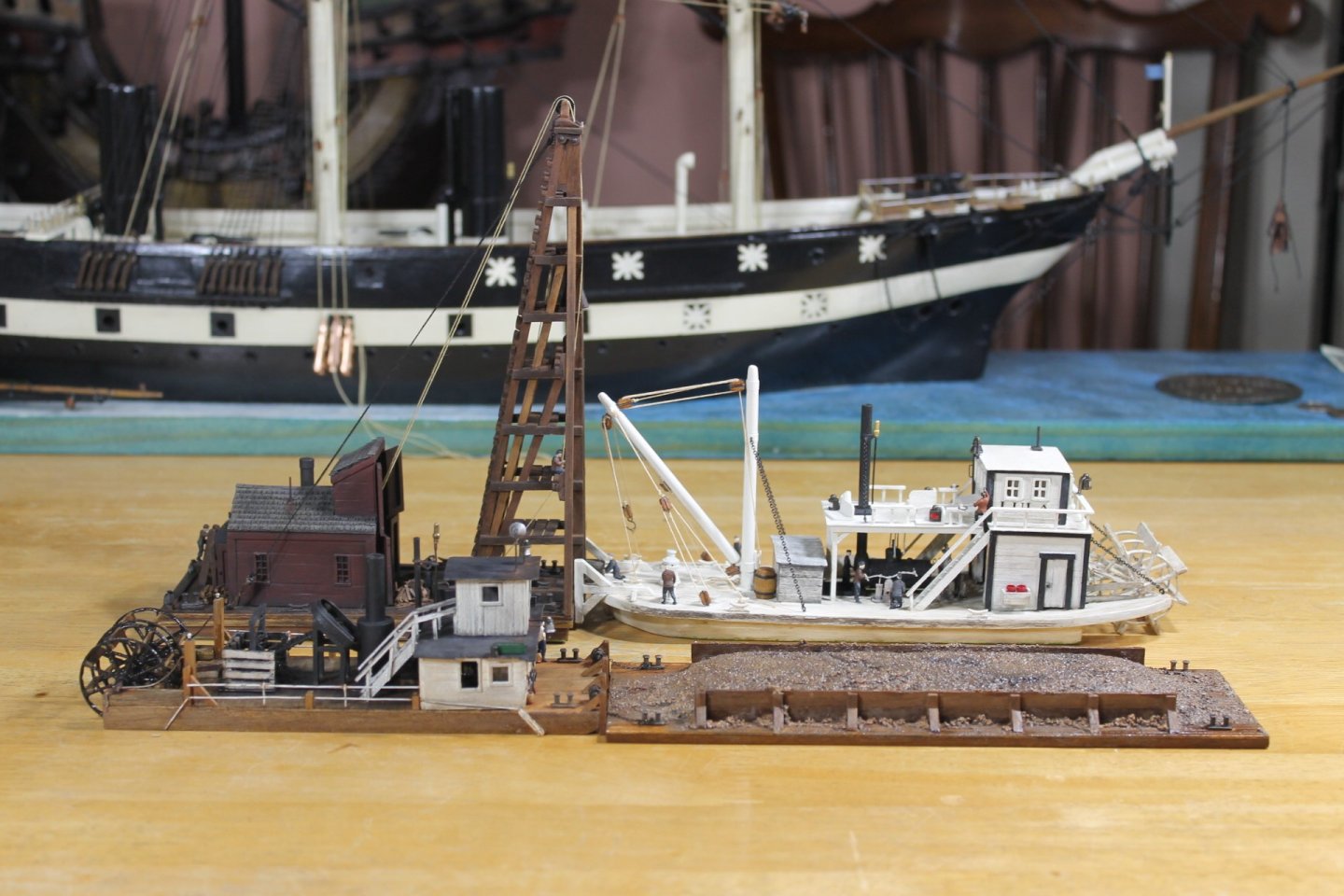-
Posts
6,476 -
Joined
-
Last visited
Content Type
Profiles
Forums
Gallery
Events
Everything posted by Keith Black
-
Thank you, Paul. Your work inspires me!
- 457 replies
-
- sternwheeler
- Hard Coal Navy
-
(and 1 more)
Tagged with:
-
Thank you, LJP. A lot of what I learned from your builds went into this little project.
- 457 replies
-
- sternwheeler
- Hard Coal Navy
-
(and 1 more)
Tagged with:
-
Thank you, Bob. I'm glad you found the journey enjoyable.
- 457 replies
-
- sternwheeler
- Hard Coal Navy
-
(and 1 more)
Tagged with:
-
Thank you very much, Jacques. You've provided great painting tips that certainly helped me here.
- 457 replies
-
- sternwheeler
- Hard Coal Navy
-
(and 1 more)
Tagged with:
-
Eric, thank you for the kind words and for putting my mind at ease regarding the material coloration.
- 457 replies
-
- sternwheeler
- Hard Coal Navy
-
(and 1 more)
Tagged with:
-
Thank you very much, John. Now that this project is finished I get to sit back awhile and enjoy your Klondike build.
- 457 replies
-
- sternwheeler
- Hard Coal Navy
-
(and 1 more)
Tagged with:
-
Thank you for the kind comment, Steve. You're much too kind.
- 457 replies
-
- sternwheeler
- Hard Coal Navy
-
(and 1 more)
Tagged with:
-
Thank you very much, Craig. It was a fun project made so with the help of you and everyone else involved in this journey.
- 457 replies
-
- sternwheeler
- Hard Coal Navy
-
(and 1 more)
Tagged with:
-
Thank you, John. I'm glad you enjoyed following along. I like off the beaten path subjects, hopefully I'm able to accurately portray a frozen moment in time. .
- 457 replies
-
- sternwheeler
- Hard Coal Navy
-
(and 1 more)
Tagged with:
-
To all of you who have supported me during this build with your comments and likes, thank you. I have enjoyed each of you being part of the journey. TA DA! Tis done. I fought trying to get the color of the dredge material to what I thought it should look like. Eric, you know the Susquehanna better than most, I hope I'm close because it's too late now. It's crazy in that the colors change depending on the light, in fact you see evidence of that in the photos, one to another. I tried making the material at the ends and outside of the side wall look like drying sand while keeping the center of the load looking wetter. I made the barge floating lower due to load and the fact that it's a soggy ole barge, And so this journey ends, I hope you were able to find a smile along the way. Keith ps. I mentioned displaying Lula and the pile driver with the Susquehanna River sternwheeler and barge. Here are a couple of photos showing my thoughts. on that. Note the color of the material in these two photos.
- 457 replies
-
- sternwheeler
- Hard Coal Navy
-
(and 1 more)
Tagged with:
-
You be makin' the penguins proud with them ratlines, Bob. 👍
- 235 replies
-
- Victory Models
- Pegasus
-
(and 2 more)
Tagged with:
-
Congratulations on completing the Oryol, Phil. She turned out looking amazing.
- 288 replies
-
- Card
- Pre-Dreadnought
-
(and 3 more)
Tagged with:
-
News and photos at six! Ken, thank you for sharing. Thank you for posting, Julie.
- 457 replies
-
- sternwheeler
- Hard Coal Navy
-
(and 1 more)
Tagged with:
-
Ken, I think the legs would be too wobbly (1) and short on head room (3) plus the pilothouse its self is three decks high. Eberhard, awfully small for a water tank and the spindly legs wouldn't support a lot of weight. Pat, I think you're spot on. I believe it's a cool safe, cold safe, cold box, food box, or whatever you want to call that item. I've always referred to them as a cold box and will do so henceforth. Ken, Eberhard, and Pat, thank you so very much for posting. The reasons why I think this is a cold box... Item 1. Thin legs that support the cold box elevated off the pilothouse roof for air circulation. Item 2. I think that is a latch. Item 3. Appears to be a nozzle. I think this is for occasionally spraying water into the cold box to help keep food items cool. Item 4. Water pipe leading to the item 3 nozzle coming from the boiler deck, the same deck the galley is located on. The cook would have been the one in charge of controlling when and how much water was applied to the cold box.
-
Congratulations on getting the Revenge into the bottle, Glen. She's a real corker that one, fantastic execution. 👍
- 156 replies
-
- Queen Annes Revenge
- bottle
-
(and 1 more)
Tagged with:
-
Adrian, welcome to MSW. Glad to have you aboard.
-

Hello from the Finger Lakes Region of NY state!
Keith Black replied to Rinekar's topic in New member Introductions
Rinekar, welcome to MSW. All the best building the Adder, glad to have you aboard.
About us
Modelshipworld - Advancing Ship Modeling through Research
SSL Secured
Your security is important for us so this Website is SSL-Secured
NRG Mailing Address
Nautical Research Guild
237 South Lincoln Street
Westmont IL, 60559-1917
Model Ship World ® and the MSW logo are Registered Trademarks, and belong to the Nautical Research Guild (United States Patent and Trademark Office: No. 6,929,264 & No. 6,929,274, registered Dec. 20, 2022)
Helpful Links
About the NRG
If you enjoy building ship models that are historically accurate as well as beautiful, then The Nautical Research Guild (NRG) is just right for you.
The Guild is a non-profit educational organization whose mission is to “Advance Ship Modeling Through Research”. We provide support to our members in their efforts to raise the quality of their model ships.
The Nautical Research Guild has published our world-renowned quarterly magazine, The Nautical Research Journal, since 1955. The pages of the Journal are full of articles by accomplished ship modelers who show you how they create those exquisite details on their models, and by maritime historians who show you the correct details to build. The Journal is available in both print and digital editions. Go to the NRG web site (www.thenrg.org) to download a complimentary digital copy of the Journal. The NRG also publishes plan sets, books and compilations of back issues of the Journal and the former Ships in Scale and Model Ship Builder magazines.





